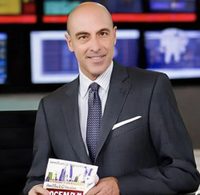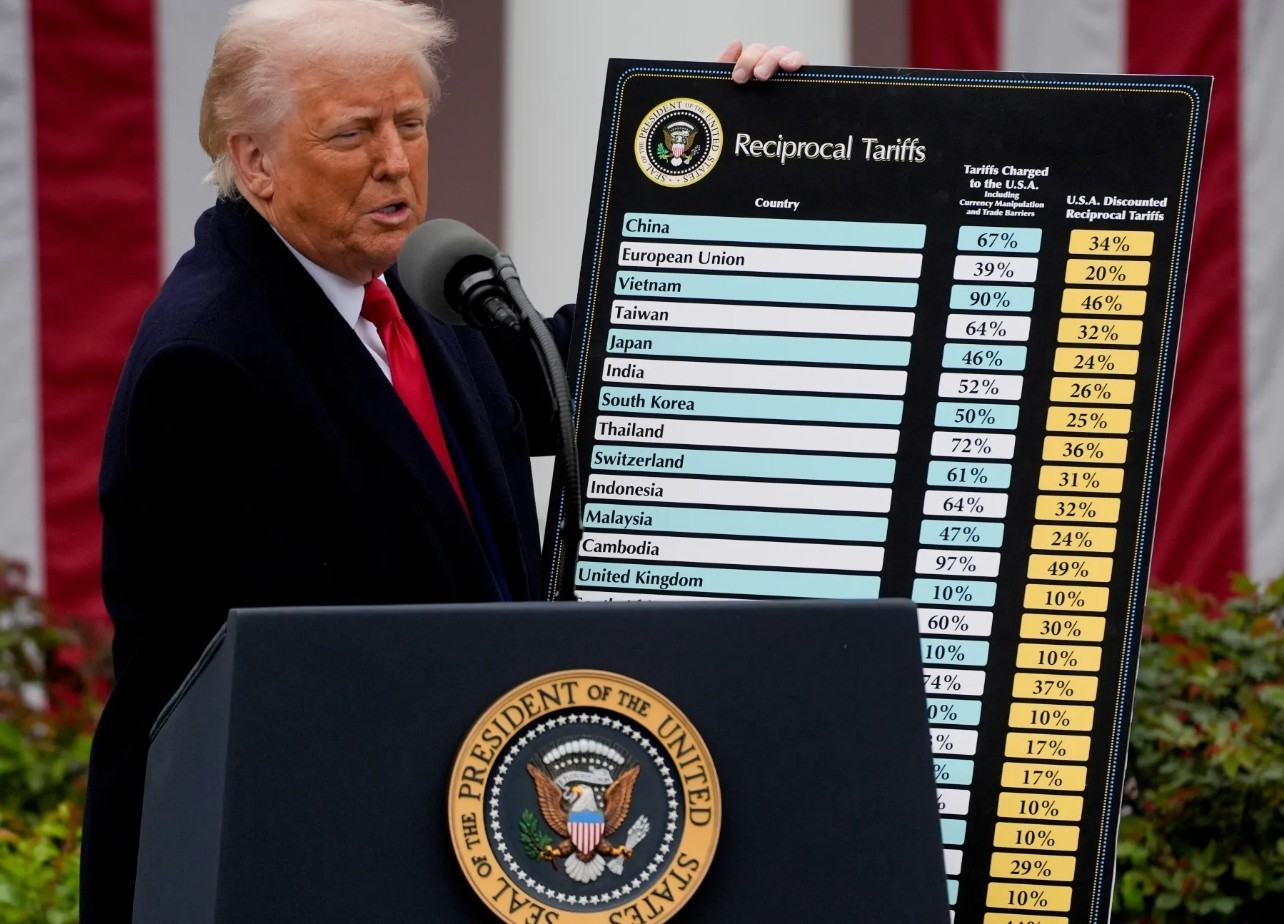OpenAI's Tumultuous Early Years: A Glimpse into Musk, Altman, and Others' Emails
Friday, Nov 15, 2024 7:47 pm ET
The world's wealthiest man, Elon Musk, sued one of the fastest-growing companies, OpenAI, in 2024, alleging that it had strayed from its nonprofit mission. The lawsuit revealed a trove of emails exchanged between Musk, Sam Altman, and other key figures during OpenAI's early years, offering a fascinating glimpse into the company's tumultuous beginnings and the power dynamics at play.
Musk's desire for absolute control over OpenAI was a significant factor in the company's early decision-making processes. Emails from former chief scientist Ilya Sutskever expressed concerns about Musk's intent to maintain unilateral control over the company, despite his stated reluctance to control the final AGI. Sutskever worried that this structure could lead to an "AGI dictatorship" if Musk chose to retain control as the company made progress towards AGI. This concern highlights the potential risks associated with concentrating power in the hands of a single individual, particularly in the context of AI development.
Altman's focus on business and enterprise SaaS position also influenced OpenAI's AI research and development priorities. Emails revealed that Altman planned to raise $100 million for OpenAI, but Musk pushed for a much larger funding commitment, suggesting a $1 billion target. Musk also acknowledged that OpenAI wouldn't always share the science behind its technological advances, indicating a shift towards proprietary AI development. This strategic shift may have impacted OpenAI's ability to maintain its competitive edge in cutting-edge AI development, as competitors like Google and Facebook continued to invest heavily in AI research.
The consideration of merging OpenAI with Tesla or buying chipmaker Cerebras in its early years significantly influenced OpenAI's trajectory. In 2017, OpenAI contemplated acquiring Cerebras, potentially using Tesla's resources, as revealed in emails from former chief scientist Ilya Sutskever. This move could have accelerated OpenAI's AI work by providing access to advanced hardware. However, the deal did not materialize, possibly due to reasons not mentioned in the emails. Additionally, OpenAI co-founder Andrej Karpathy suggested attaching OpenAI to Tesla as its cash cow, aiming to increase Tesla's market cap and fund AI work. This strategy could have leveraged Tesla's resources and market influence to support OpenAI's mission. However, it did not come to fruition, likely due to the challenges faced by Tesla's self-driving efforts and the need for OpenAI to maintain its independence.
Microsoft's early involvement with OpenAI, as revealed in the emails, significantly influenced the company's direction and funding strategies. In 2016, Microsoft offered OpenAI $60 million worth of compute on Azure in exchange for mutual promotion, which was rejected by Musk, who found the idea "nauseous." Despite this initial rejection, Microsoft later became a major investor in OpenAI, providing funding and resources that helped shape the company's direction. This partnership allowed OpenAI to focus on its AI research and development, rather than worrying about financial constraints. However, it also raised concerns about OpenAI's independence and potential conflicts of interest, as highlighted in Musk's lawsuit against the company.
In conclusion, the emails exchanged between Musk, Altman, and other key figures during OpenAI's early years offer valuable insights into the company's tumultuous beginnings and the power dynamics at play. Musk's desire for absolute control, Altman's focus on business, and the consideration of mergers and partnerships significantly influenced OpenAI's trajectory. As the company continues to grow and evolve, understanding these early influences can provide valuable context for investors and stakeholders alike.
Musk's desire for absolute control over OpenAI was a significant factor in the company's early decision-making processes. Emails from former chief scientist Ilya Sutskever expressed concerns about Musk's intent to maintain unilateral control over the company, despite his stated reluctance to control the final AGI. Sutskever worried that this structure could lead to an "AGI dictatorship" if Musk chose to retain control as the company made progress towards AGI. This concern highlights the potential risks associated with concentrating power in the hands of a single individual, particularly in the context of AI development.
Altman's focus on business and enterprise SaaS position also influenced OpenAI's AI research and development priorities. Emails revealed that Altman planned to raise $100 million for OpenAI, but Musk pushed for a much larger funding commitment, suggesting a $1 billion target. Musk also acknowledged that OpenAI wouldn't always share the science behind its technological advances, indicating a shift towards proprietary AI development. This strategic shift may have impacted OpenAI's ability to maintain its competitive edge in cutting-edge AI development, as competitors like Google and Facebook continued to invest heavily in AI research.
The consideration of merging OpenAI with Tesla or buying chipmaker Cerebras in its early years significantly influenced OpenAI's trajectory. In 2017, OpenAI contemplated acquiring Cerebras, potentially using Tesla's resources, as revealed in emails from former chief scientist Ilya Sutskever. This move could have accelerated OpenAI's AI work by providing access to advanced hardware. However, the deal did not materialize, possibly due to reasons not mentioned in the emails. Additionally, OpenAI co-founder Andrej Karpathy suggested attaching OpenAI to Tesla as its cash cow, aiming to increase Tesla's market cap and fund AI work. This strategy could have leveraged Tesla's resources and market influence to support OpenAI's mission. However, it did not come to fruition, likely due to the challenges faced by Tesla's self-driving efforts and the need for OpenAI to maintain its independence.
Microsoft's early involvement with OpenAI, as revealed in the emails, significantly influenced the company's direction and funding strategies. In 2016, Microsoft offered OpenAI $60 million worth of compute on Azure in exchange for mutual promotion, which was rejected by Musk, who found the idea "nauseous." Despite this initial rejection, Microsoft later became a major investor in OpenAI, providing funding and resources that helped shape the company's direction. This partnership allowed OpenAI to focus on its AI research and development, rather than worrying about financial constraints. However, it also raised concerns about OpenAI's independence and potential conflicts of interest, as highlighted in Musk's lawsuit against the company.
MSFT R&D Expenses, R&D Expenses YoY
In conclusion, the emails exchanged between Musk, Altman, and other key figures during OpenAI's early years offer valuable insights into the company's tumultuous beginnings and the power dynamics at play. Musk's desire for absolute control, Altman's focus on business, and the consideration of mergers and partnerships significantly influenced OpenAI's trajectory. As the company continues to grow and evolve, understanding these early influences can provide valuable context for investors and stakeholders alike.










